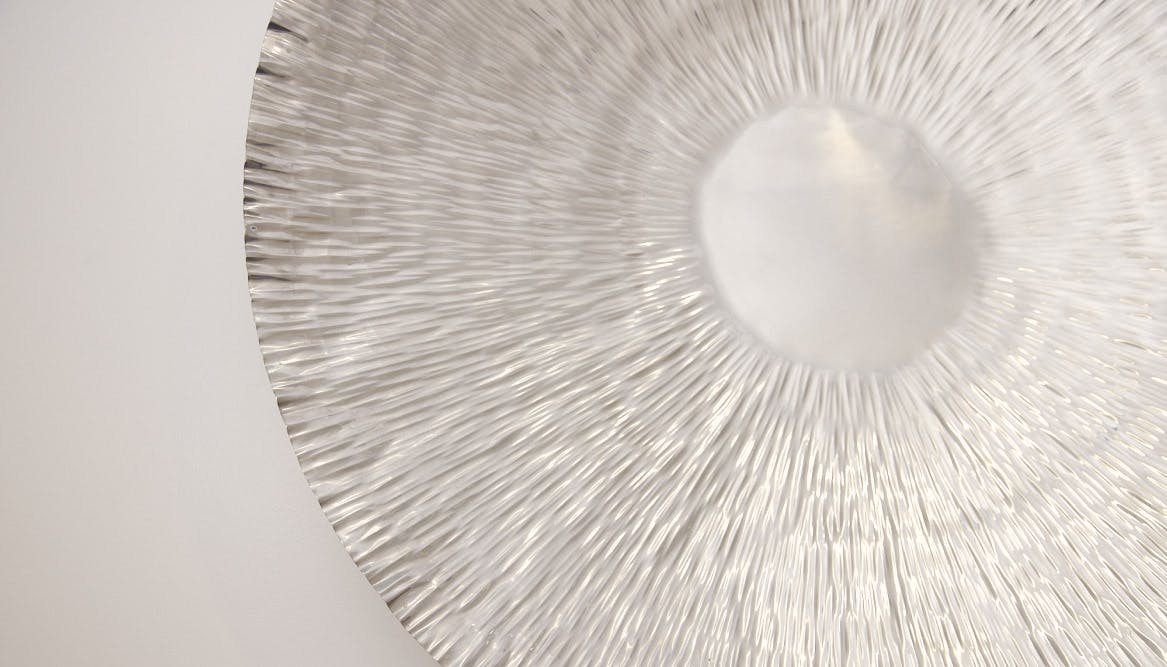Classification and Characteristics
In general, there are five types of thumb hypoplasia or aplasia:
- Type I: thumb is slightly smaller than normal, but all structures — the bones, tendons, ligaments, muscles and joints — are normal.
- Type II: thumb is small and there are often minor abnormalities in the tendons and muscles within the thumb. The middle joint of the thumb is unstable, causing the thumb to wobble. The web space between the thumb and index finger is tight and restricts movement. The bones of the thumb are abnormally small.
- Type III: there are abnormalities in many of the thumb’s muscles and tendons along with a range of problems in the joints of the thumb. An abnormally tight web space between the thumb and index finger is also present.
- Type IIIA: the critical joint at the base of the thumb is underdeveloped but adequately attached.
- Type IIIB: the critical joint at the base of the thumb is severely underdeveloped and lacks a firm connection, making it unstable for normal use.
- Type IV: thumb is “floating” with no bony support and is attached to the hand by only skin and soft tissue.
- Type V: thumb is completely absent.
Surgical correction of a hypoplastic thumb is highly variable. For Types I-IIIA, surgery can include deepening of the first webspace, joint stabilization, and/or tendon transfers (redirecting tendons from other parts of the hand). For Types IIIB-V, the gold standard for reconstruction is index finger pollicization. This is a process whereby the index finger is moved into the thumb position to provide vital pinch and grasp functions. Although the resulting hand will have usually four fingers, the overall function of the hand is vastly improved. Timing for correction of a hypoplastic thumb can begin as early as 6 months of age. As with other hand deformities, early correction affords improved function over a lifetime.









